Market Trends
The US oyster mushroom market has experienced notable trends in recent years, reflecting changes in consumer preferences, culinary trends, and sustainable food practices. One prominent trend is the increasing popularity of oyster mushrooms as a versatile and nutritious ingredient. With a mild, savory flavor and a delicate texture, oyster mushrooms have found favor among consumers seeking plant-based alternatives and those looking to incorporate diverse and flavorful ingredients into their diets. This trend aligns with the growing interest in plant-based eating and the exploration of unique mushroom varieties in culinary applications.
The rise of local and sustainable food practices has significantly influenced the US oyster mushroom market. Consumers are increasingly conscious of the environmental impact of their food choices and are seeking locally sourced and sustainably cultivated products. Oyster mushrooms, with their ability to thrive on agricultural by-products like straw and wood waste, are considered a sustainable and eco-friendly option. This trend reflects a broader movement towards supporting local growers and adopting sustainable agricultural practices in the food supply chain.
The farm-to-table concept has also influenced the US oyster mushroom market, with a growing emphasis on direct-to-consumer sales and local distribution channels. Mushroom growers are increasingly connecting with consumers through farmers' markets, community-supported agriculture (CSA) programs, and online platforms. This trend not only strengthens the relationship between producers and consumers but also allows for a fresher and more traceable supply chain, meeting the demand for transparency in food sourcing.
In response to the surge in interest, there is a notable expansion of specialty and gourmet oyster mushroom varieties. Mushroom cultivators are experimenting with different strains, colors, and shapes of oyster mushrooms to meet the demand for unique and visually appealing culinary ingredients. Varieties like pink oyster mushrooms and king oyster mushrooms are gaining popularity for their distinctive appearance and flavor profiles, providing chefs and home cooks with creative options to enhance their dishes.
The US oyster mushroom market is witnessing increased innovation in packaging and processing. To cater to the convenience-oriented consumer, pre-sliced, dried, and powdered oyster mushrooms are becoming more prevalent in the market. These convenient forms of oyster mushrooms offer extended shelf life and ease of use in various culinary applications, including soups, stews, and sauces. This trend reflects the industry's response to the demand for ready-to-use mushroom products that accommodate busy lifestyles.
The medicinal properties of oyster mushrooms are gaining recognition, contributing to their popularity in the health and wellness market. Oyster mushrooms are rich in nutrients, including protein, fiber, vitamins, and minerals, and are known for their potential immune-boosting and anti-inflammatory properties. This trend aligns with the growing interest in functional foods and the exploration of natural ingredients for health benefits, positioning oyster mushrooms as a wholesome and nutritious addition to the diet.
Market dynamics in the US oyster mushroom sector include strategic collaborations and partnerships aimed at scaling up production and distribution. Mushroom cultivators and distributors are joining forces to meet the increasing demand while maintaining quality standards. This collaborative approach not only fosters industry growth but also ensures a consistent and reliable supply of oyster mushrooms to meet the diverse needs of the market.

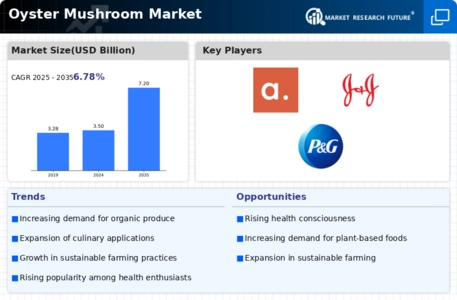
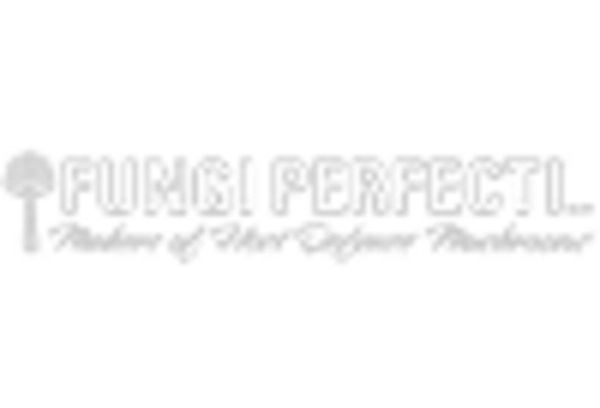
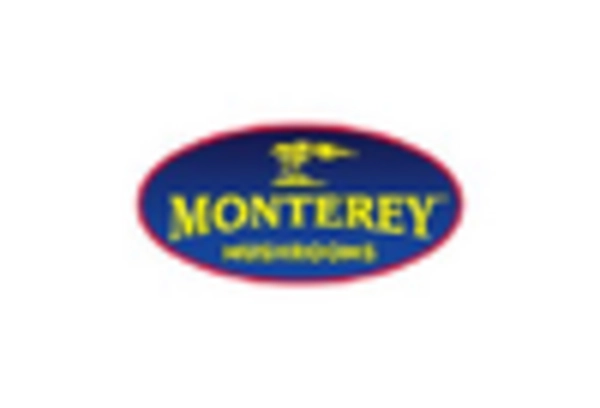
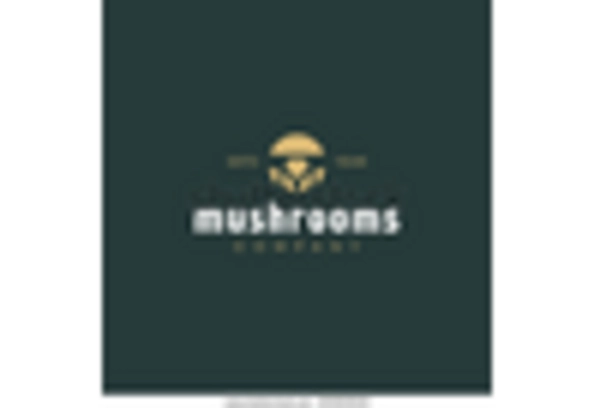
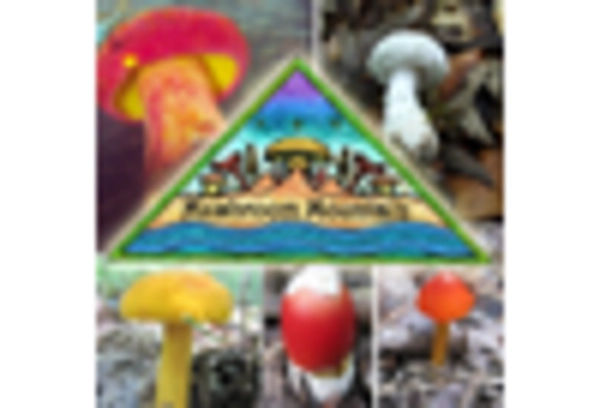
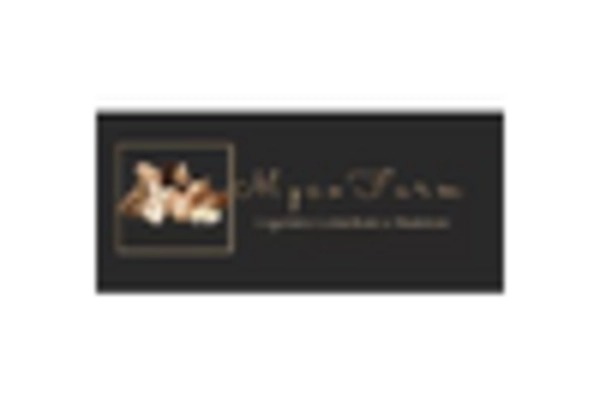
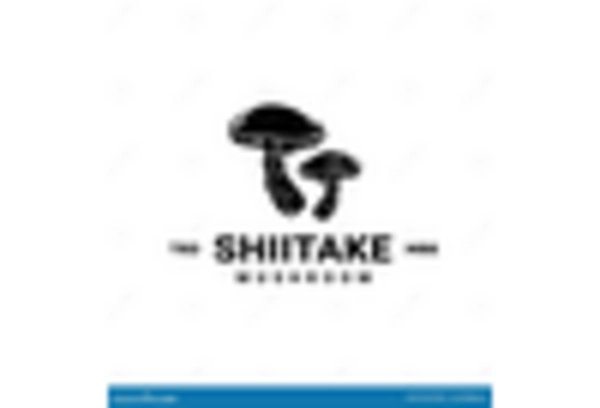









Leave a Comment